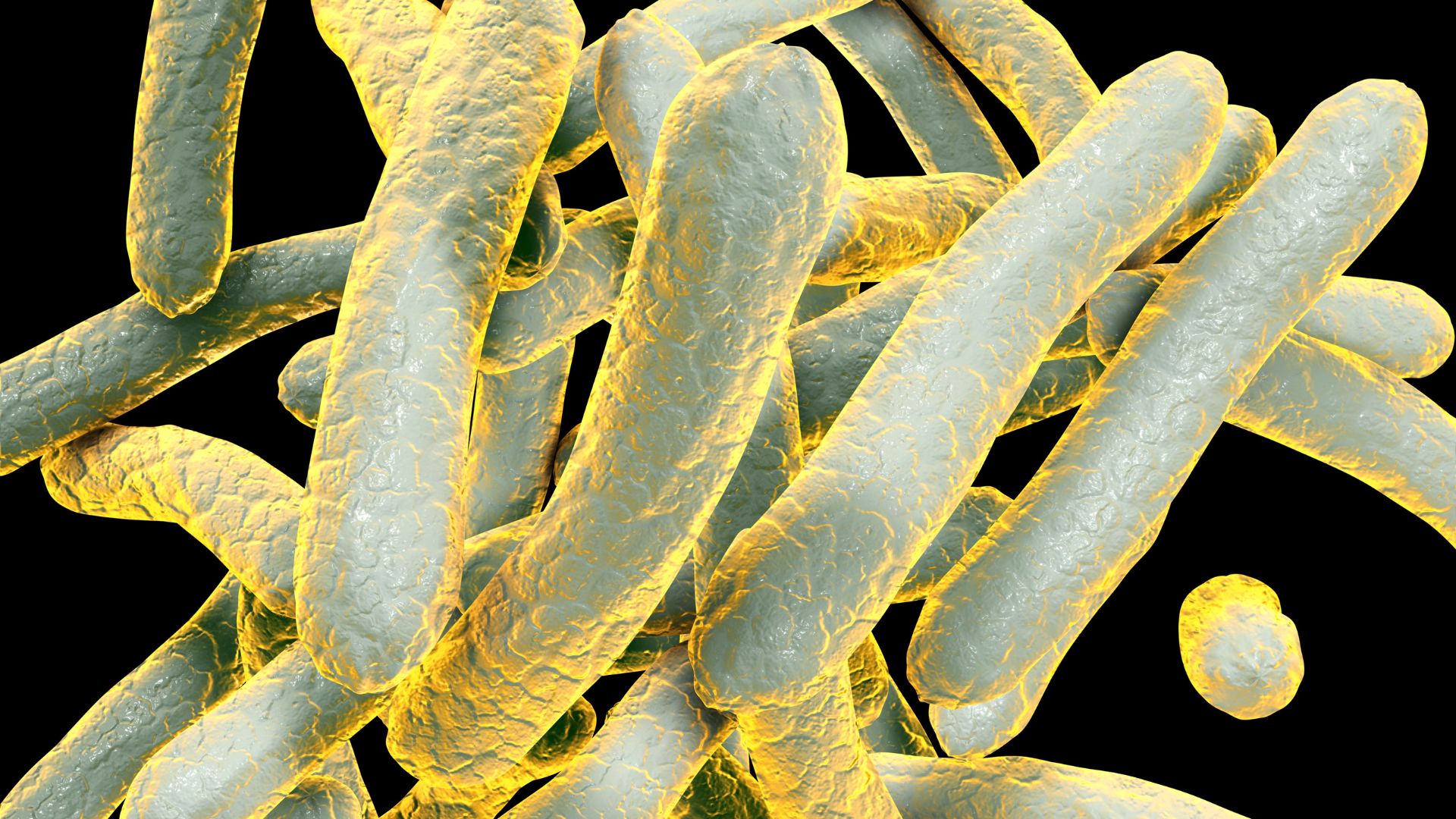Sustainability, Vol. 16, Pages 1353: Use of Zeolite (Chabazite) Supplemented with Effective Microorganisms for Wastewater Mitigation of a Marine Fish Farm
Sustainability doi: 10.3390/su16041353
Authors: Mauro Lenzi Marco Leporatti Persiano Maurizio Ciarapica Antonella D’Agostino
A study was conducted to assess the efficacy of chabazite zeolite in mitigating ammonia levels in wastewater from a land-based marine fish farm in southern Tuscany (Italy). The fish farm discharges effluent into a lagoon, constituting an important eutrophication source. The experimental setup involved a pond/canal that received wastewater from three sea bream tanks (40 L/s). A 50 m canal section was divided into two parallel halves (T and B), each about 3 m wide. In T, a chabazite bed (granules about 3 cm ϕ) was placed that was about 6 cm thick; B was untreated and used as a control. Five sampling trials were conducted in both T and B to determine N-NH4, N-NO3, and P-PO4 levels, in surface and near-bottom waters at both input and output. Prior to the zeolite addition, T and B sediments were sampled for TN and TP determination. Results indicated the not-managed canal system released nutrients and the output values were higher than the input, overshadowing the zeolite effects. Significant zeolite effects were observed by comparing B and T for differences between input and output: in T, nitrate increased (p = 0.05), demonstrating a resumption of nitrification, and ammonium (p = 0.07) and SRP (p = 0.06) decreased, in contrast to B.

 2 months ago
24
2 months ago
24


